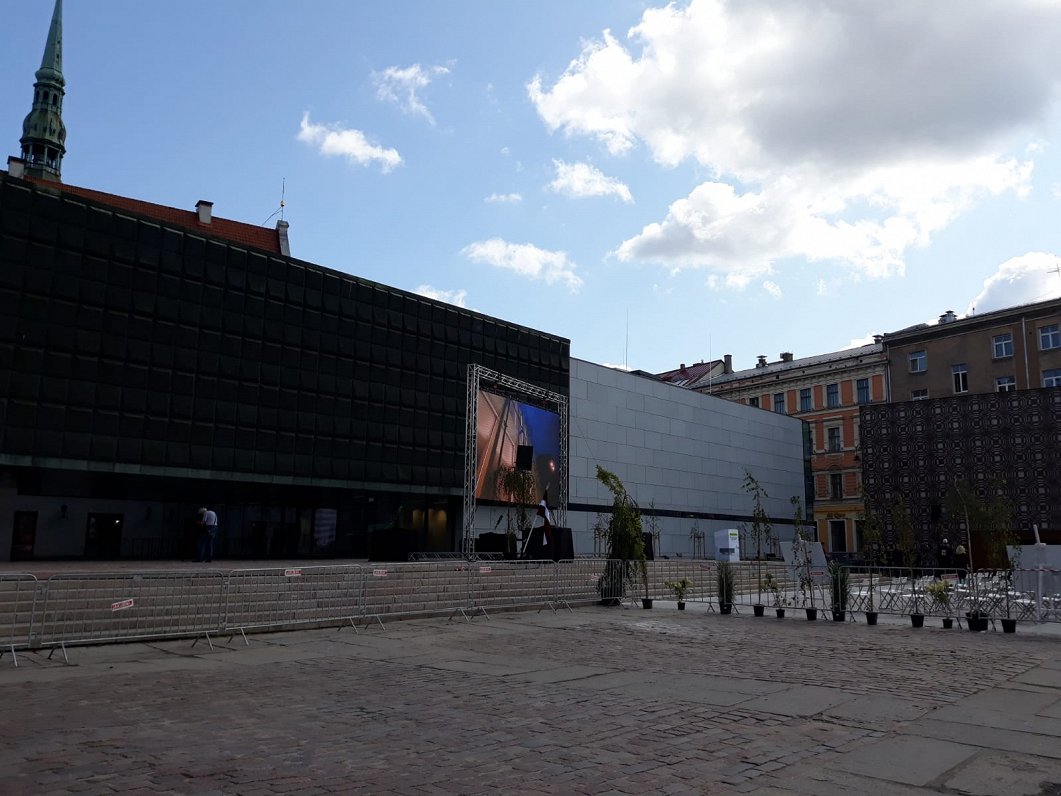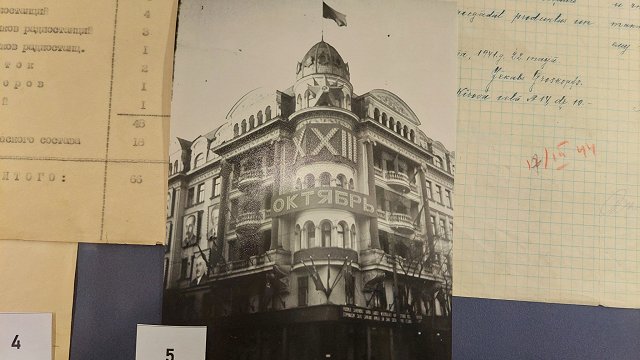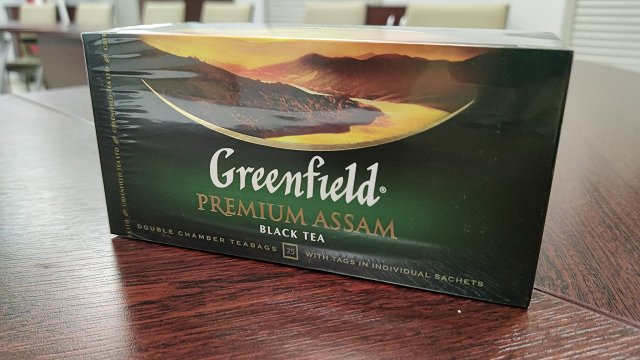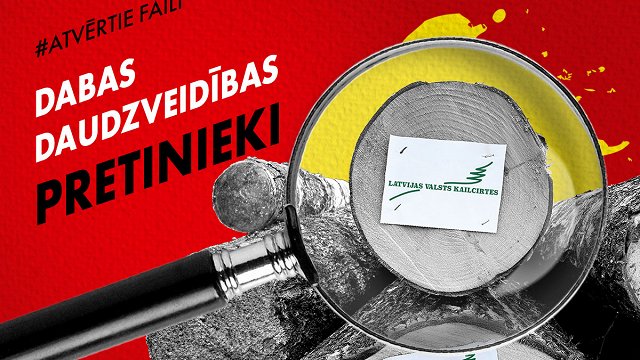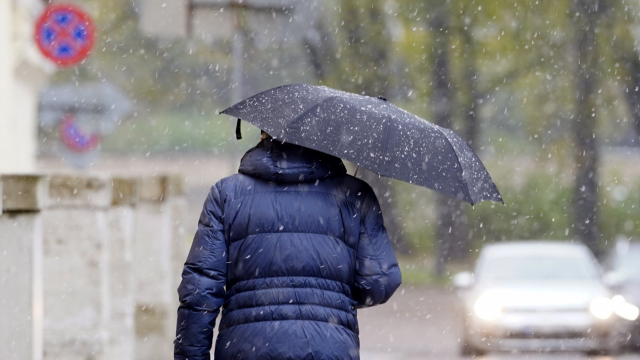Although the restored Occupation Museum was commissioned on August 13, the museum's employees are still unable to work in the new premises. A team of experts from VNĪ has found 1,300 errors, equivalent to something needing to be repaired every two square meters.
“We are very demanding as a commissioner. A sufficient number of cosmetic shortcomings have been identified, including some defects. We have requested that these defects and cosmetic failures be completed so that the user of the building is satisfied with the quality of the building and can be used in full,” said Renārs Griškevics, Chairman of VNĪ, adding that overall he considers the EUR 10.34 million renovation a success.
According to Skonto būve Ltd., the builder of the museum, the shortcomings are nothing sensational. The company's spokesman, Juris Pētersons, stressed that these are minor errors, most of which have already been solved: “All constructions have been built, nothing threatens to fall or collapse. All engineering systems – heating, ventilation, water, sewer, conditioning, etc., not to mention all fire safety systems, everything works. Unfortunately, it often happens when the object has been commissioned - some small paintwork, defects, something has been scratched or there is a splatter of paint on glass, all of which has to be cleared. If we count each of those things, maybe it is a big number.”
One of the bigger mistakes is a misaligned disabled elevator exit door. It disturbs exhibits on the first floor, whereas a wheelchair can only enter the elevator in reverse on the second floor. Also, there is a problem with the flooring in the exhibit hall and the hallway. Museum director Solvita Vība says that the museum cannot open while there are ongoing works.
However, architects have had an issue with the reconstruction from the very beginning, i.e., the project itself. Architect Andis Sīlis said: “This is exactly what I predicted. Architectural pleasure is minimal there. [..] It's such a strange zoo that it might be considered of value in time, but at the moment, people who understand something from a harmonious urban environment are getting into some sort of surprised state of horror—what is this!”
Sīlis said that, regarding construction errors themselves, builders in Latvia used to work on a very high level but currently there are issues due to lack of workforce. "Everyone lacks workforce. All the good builders work in Germany, Norway, because it is very difficult to earn money in our country. Therefore, workforce from the countryside replaces them. They are not the best experts in their field and errors happen. Those are then fixed. It is the economic situation of our country that doesn't allow first to earn money and then spend it so that the quality is excellent."
The museum's director, Solvita Vība, believes that discussions on the project itself already belong to history: “I think it makes no sense to talk about how it would be if it had been different. Now it makes sense to talk about what we should do so that we as a museum fill this house, what the content will be, what we will offer.”
Vība conceded that the area still has every opportunity to develop in substance: “Please, architects, planners, local government, everybody connected with it can think further about how to develop the site. We know that reconstruction of the area will continue as well, as I very much hope that the area will be filled with content.“
